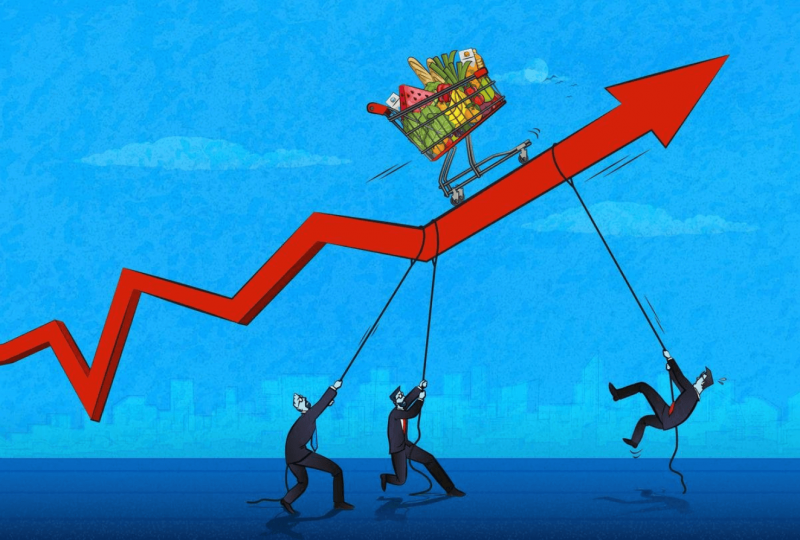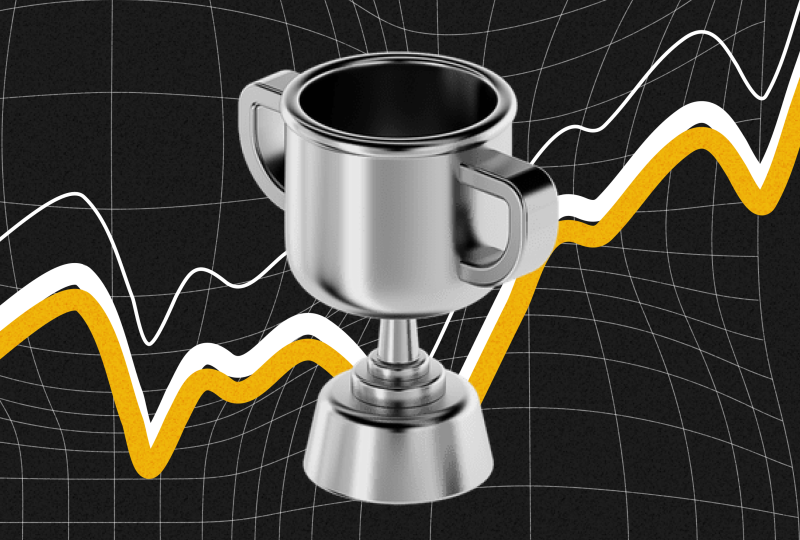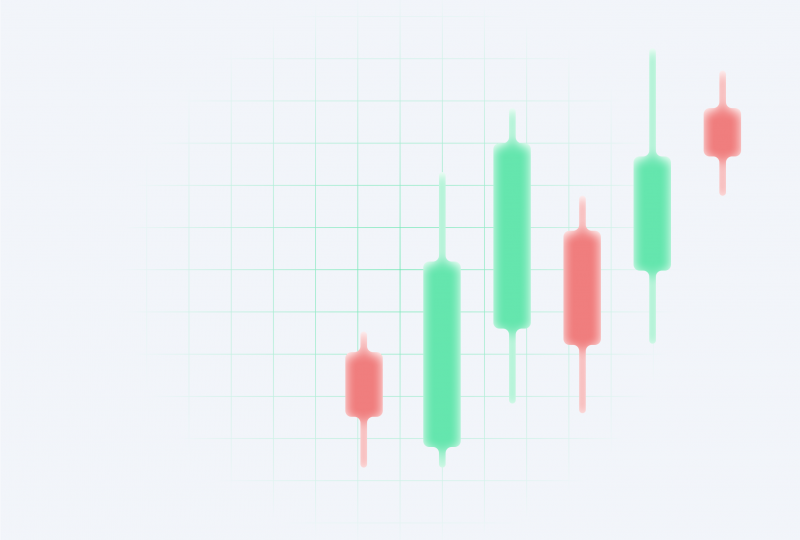Latest Inflation Numbers Suggest Economic Recovery
Sep 13, 2022

August likely saw a reversal in the trend of consumer prices, with small declines as Americans found comfort at the pump due to decreased oil costs. Nevertheless, despite the little slowdown in inflation, don't anticipate the Federal Reserve's upward progress to be slowed anytime soon.
According to economists, the US consumer price index will decrease by 0.1% this month and decelerate to an annual pace of 8%. This would be the second consecutive month of slower price inflation after the CPI remained steady in July, lowering the annual rate to its lowest point since February.
It would also be the country's first outright fall since May 2020, when it was reopening after coronavirus shutdowns.
Almost all of the price increase deceleration is thought to have occurred in the volatile food and energy sectors, which have been notably damaged this year by the Russia-Ukraine conflict. The so-called core CPI, which excludes food and energy, is predicted to have remained essentially stable at 0.3% over the month and to have seen higher price growth in August than the headline index. Annual core inflation is estimated to have increased to 6% in August, up from 5.9% the previous month.
Because of fast-growing housing costs, core prices are anticipated to remain high. According to Bank of America economists, rent rose 0.7% last month, pushing services inflation higher.
A second month of slowing in the headline inflation rate will be welcomed by the Fed, indicating that its four interest-rate hikes this year are having an effect on soaring prices.
It also comes just days after the New York Fed revealed survey data showing that consumers' inflation expectations — a crucial component in the Fed's decision to hike interest rates by three-quarters of a percentage point in both May and June — fell dramatically in August for the second month in a row. This, too, is an encouraging indication for the Fed, indicating that people do not anticipate recent price hikes to endure.
Nonetheless, senior central-bank officials, including Chairman Jerome Powell, have been arguing in recent weeks that they want to see many months of price movement before changing direction and that they remain laser-focused on getting inflation back down to a 2% annual rate. Persistent core inflation and rising housing costs, in particular, will highlight the central bank's need to do more.
Following a good employment report in August that demonstrated sustained labor market resilience despite tighter monetary conditions, some Fed officials believe the bank has the flexibility to stay tough on inflation without risking causing an uptick in job losses. On Friday, Fed Governor Christopher Waller stated that "the solid U.S. labor market gives us the flexibility to be proactive in our battle against inflation."
Investors presently believe there is a roughly nine-to-ten likelihood that the Fed will raise interest rates by another 75 basis points next week. None of the Fed officials who spoke publicly before the bank's quiet period began on Friday disputed such forecasts. This means that an inflation report that matches mainstream expectations will not persuade the Fed off its current trajectory when it meets next week.
"They want to drive their benchmark rate into [economically] restrictive areas and maintain it there for longer," said Mark Hamrick, senior economic analyst at Bankrate.com. "We're still a long way from there."
Tuesday, August inflation figures will be released by the Labor Department at 8:30 a.m. It will be the final significant economic data released before the Fed's meeting next week.




